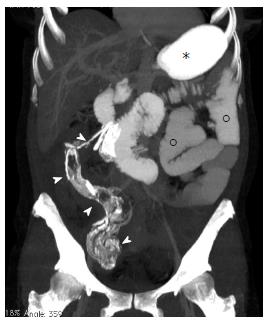
The disease has an obvious female preponderance with ratio of 3:1 presumably due to their higher incidence of chronic diseases requiring long-term analgesic and anti-inflammatory therapy, such as rheumatoid arthritis and osteoarthritis.

In a review of the published cases of small bowel and clonic strictures it was felt that DD is more common in middle-aged and elderly patients because they are the most likely to take NSAIDs, the mean age at presentation was 65 ± 11 years in that study. A recent study by Wang et al, 2016, also demonstrates that over 90% of colonic DD occur in the right colon and are mainly located in the ascending colon. The first report of NSAID-induced colonic DD was a letter by Sheers and Williams in 1989. But it has not been widely recognised that NSAIDs can also cause other types of lesions, for example, formation of diaphragm-like stricture, a phrase which was first coined by Lang et al, in 1998. It has been well known that NSAIDs could cause gastrointestinal (GI) inflammation, ulceration, bleeding, and perforation. Since the synthesis of aspirin in 1899, nonsteroidal anti-inflammatory drugs (NSAIDs) have been one of the most widely prescribed drugs in the world for defervescence, analgesia, and the therapy of inflammatory conditions, including osteoarthritis and rheumatoid arthritis.


 0 kommentar(er)
0 kommentar(er)
